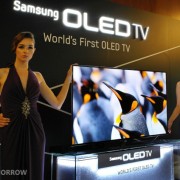Flexible AMOLED battle, Who are going to win?
In 2013, the flexible AMOLED panel was mass produced in Korea for the first time in the world and the smart phone applying this technology was released. With the announcement of smart phones like Galaxy Gear and G watch R this year, the interest in flexible AMOLED industry is rising, developing actively in Korea, Japan, China and Taiwan.
As a front-runner, LG Display of Korea is mass producing the round type flexible AMOLED panel for G watch R along with the groundwork for the 5.5-inch flexible AMOLED panel to be employed on the G flex 2. In addition, the 18-inch flexible AMOLED panel was developed as a part of the national project. Samsung Display supplied 2-side 5.6-inch flexible AMOLED panel for Galaxy Note Edge and 2-inch flexible AMOLED panel for Gear S, and it is planning to mass produce foldable flexible AMOLED panel upon successful development.
The SEL’s research activities are most active in Japan. SEL drew a huge attention at SID 2014 as introducing the tri-foldable, book type, and 13.5-inch 4K flexible AMOLED panels using CAAS-OS backplane.
The Chinese companies BOE and New Vision Optoelectronics launched the flexible AMOLED panel at SID 2014, and as AUO showing the 5-inch flexible AMOLED panel and ITRI presenting the 6-inch foldable AMOLED panel at Touch Taiwan 2014, the companies of Taiwan also joined the development competition.
Accordingly, key companies are in the course of developing the flexible AMOLED panel but the TFT technology exclusively for the plastic substrate (high-resolution/Bezel, power consumption) must be developed intensively for the fabrication on the flexible device in bendable/foldable/rollable form. Furthermore, the technology to lower curvature and encapsulation technologies must be developed along with the miscellaneous flexible components and equipment design technologies.

< Flexible AMOLED panel unveiled in 2014>

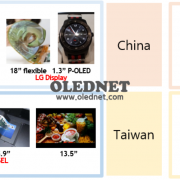




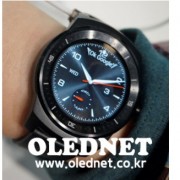

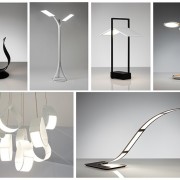

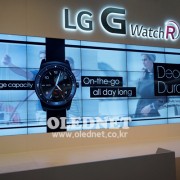


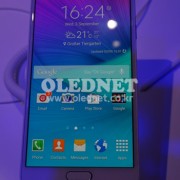

![140904_[IFA2014] 삼성전자 갤럭시노트4 전세계 공개](http://olednet.com/wp-content/uploads/2015/01/140904_IFA2014-삼성전자-갤럭시노트4-전세계-공개.jpg)

